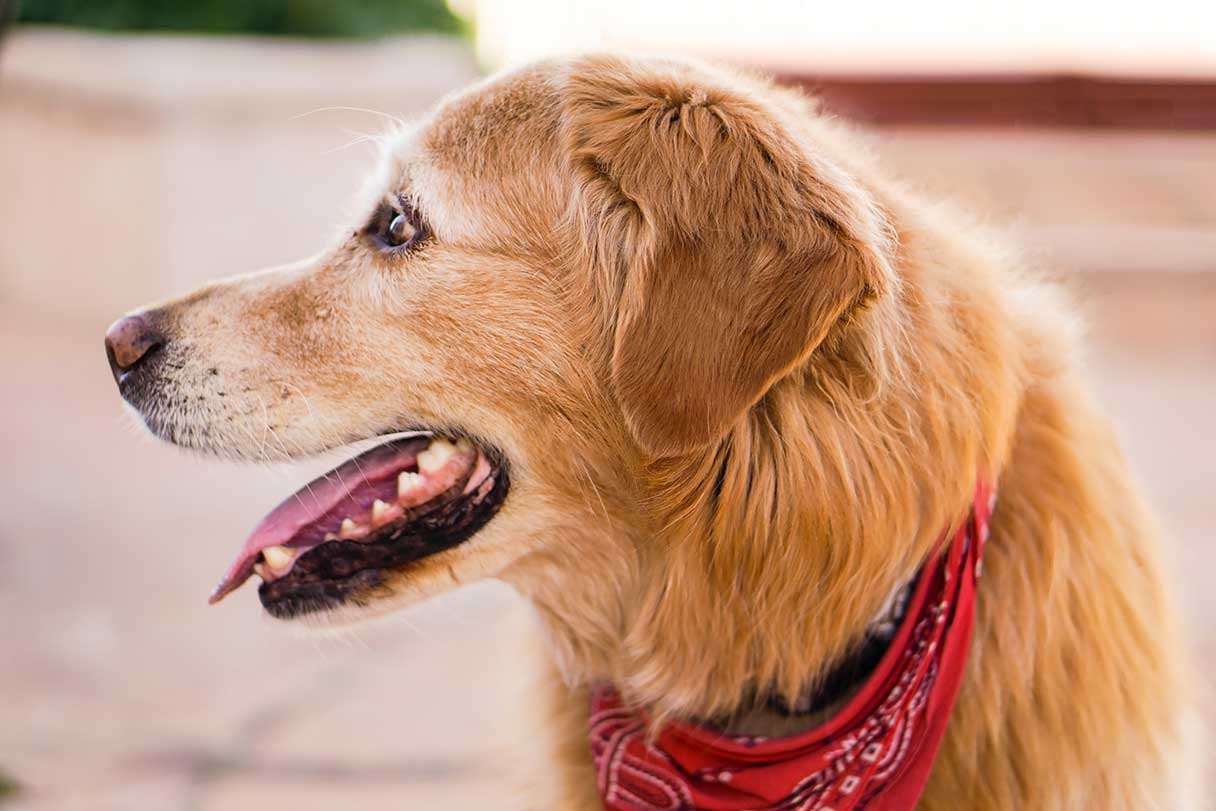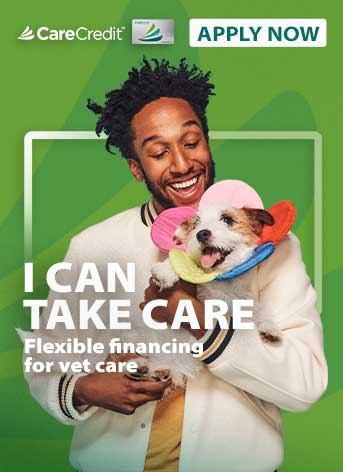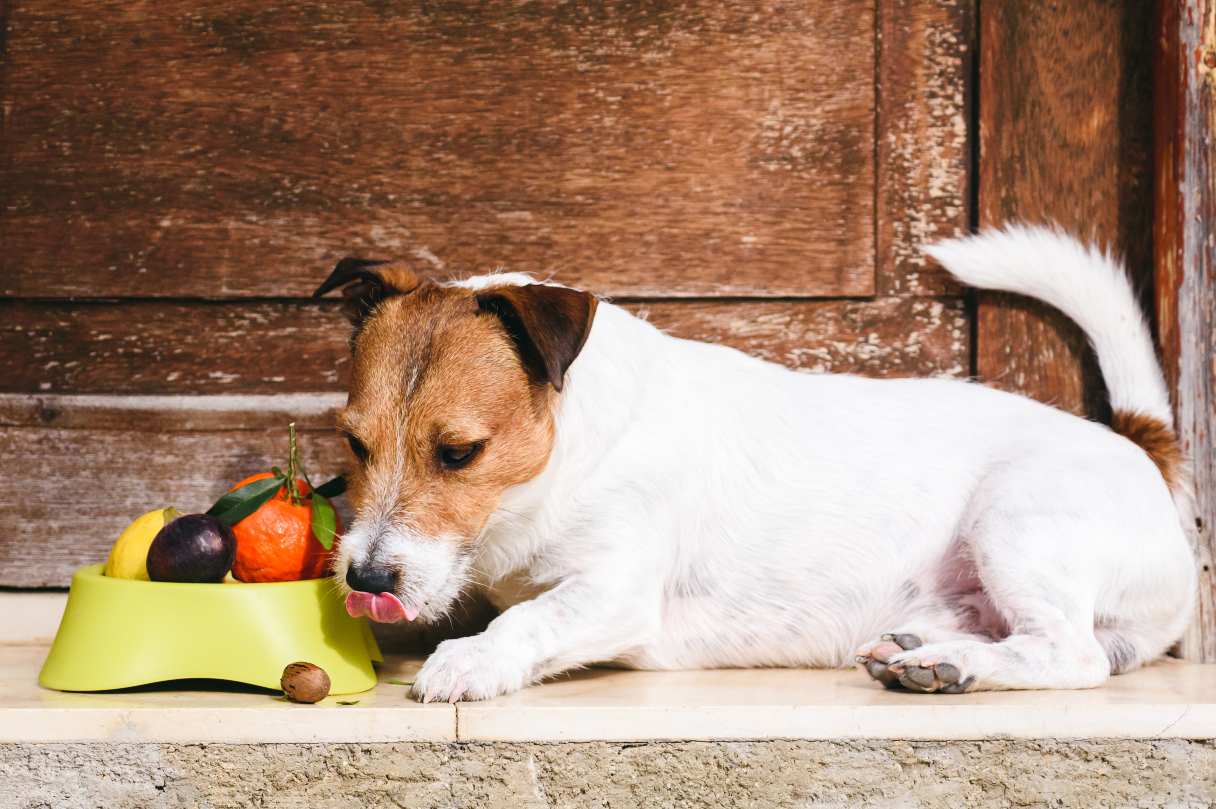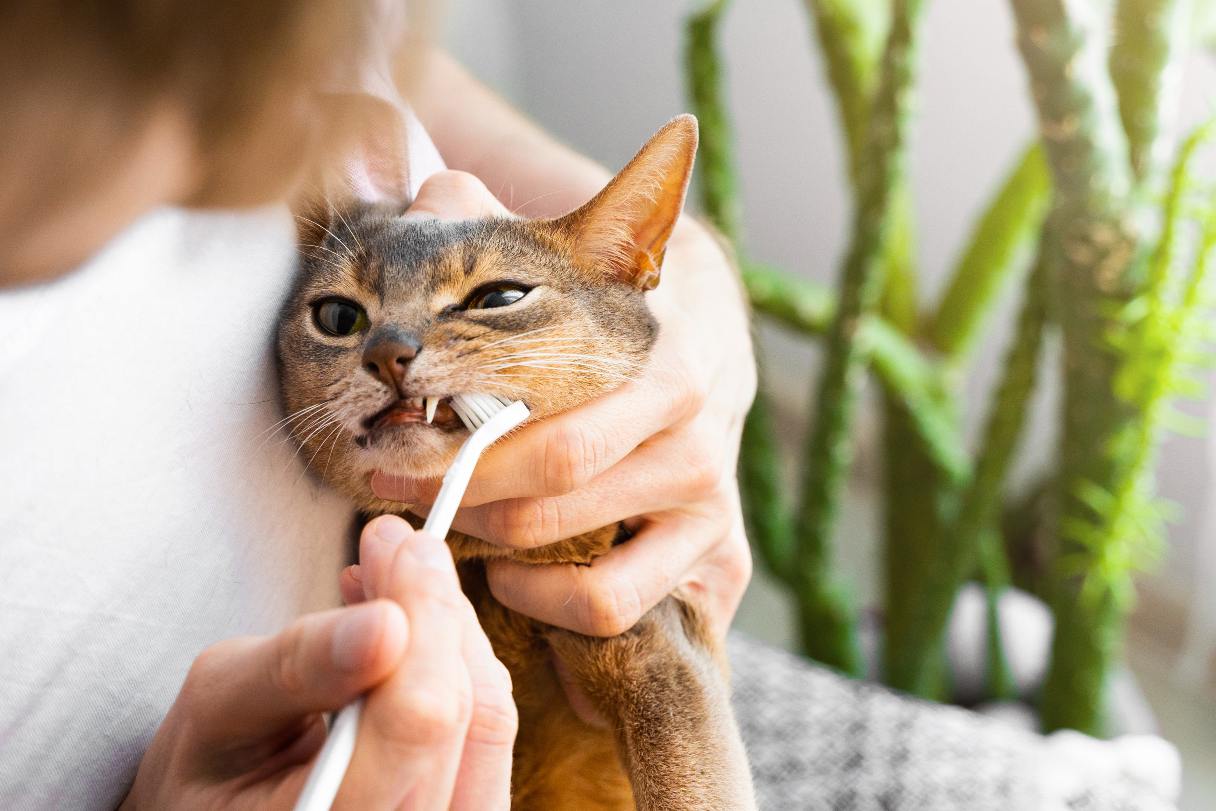For a pet owner, few things are more stressful than preparing for your pet’s surgery. Whether it’s a relatively simple tooth extraction or a major undertaking, it’s normal to worry about how your pet will fare — and what you can do to make the experience as successful as possible. To help put your mind at ease, consider these insights and tips for pre-surgery prep and post-op care.
Pre-surgery preparation
- Advance instructions. Pay close attention to any instructions your vet provides, whether written or verbal, and don’t hesitate to ask questions.
- Pet blood test. Your vet may want to do a blood test on your pet a few days to a week before surgery. This precautionary step can help make sure your pet doesn’t have any health issues that could increase the risks of surgery.
- Pet fasting before surgery. Your pet probably won’t be allowed to eat for 12 hours or so before the procedure. This is a safety measure that helps prevent your pet from regurgitating while under anesthesia.
- Check-in. The day of the surgery, you may need to drop your pet off early, giving the staff time for any pre-operative work, such as placing a catheter or shaving the surgical site. You’ll probably need to sign a consent form. Make sure to provide a contact number and ask when you should plan to pick up your pet.
Post-surgery care
- Expect your pet to be tired after surgery and possibly in some discomfort. To make homecoming as easy and low-stress as possible, take time while your pet is at the vet’s to prepare a quiet, comfortable recovery space. Keep other pets from playing with or bothering the patient.
- Follow-up instructions. Your vet will provide post-operative care instructions. They should include information on how to return your pet to a normal food and water schedule, any restrictions on activity, required medications, any necessary follow-up appointments and who you can call if your pet needs help after hours.
- Your pet may need to be on restricted activity for a period after surgery. To help prevent boredom, restlessness and depression, you can try offering some mental stimulation — such as positioning the recovery space near a window or in front of a TV, providing treat-filled toys or doing some low-key training.
- You’ll need to make sure your pet doesn’t lick or chew on any stitches or bandaging. That may mean having your pal wear a plastic “E-collar” cone or similar product that makes it hard to reach the surgery site. Also keep a close eye on the site for swelling, oozing, redness, blood or other signs of trouble.
These tips, and communicating with your veterinary team, can help give you peace of mind before and after your pet’s surgery. And remember, your CareCredit credit card can also help relieve stress by giving you a way to pay for the costs of veterinary products and services, including surgery and medications.* Use our Acceptance Locator or download the CareCredit Mobile App to find a qualified veterinarian near you who accepts CareCredit.








